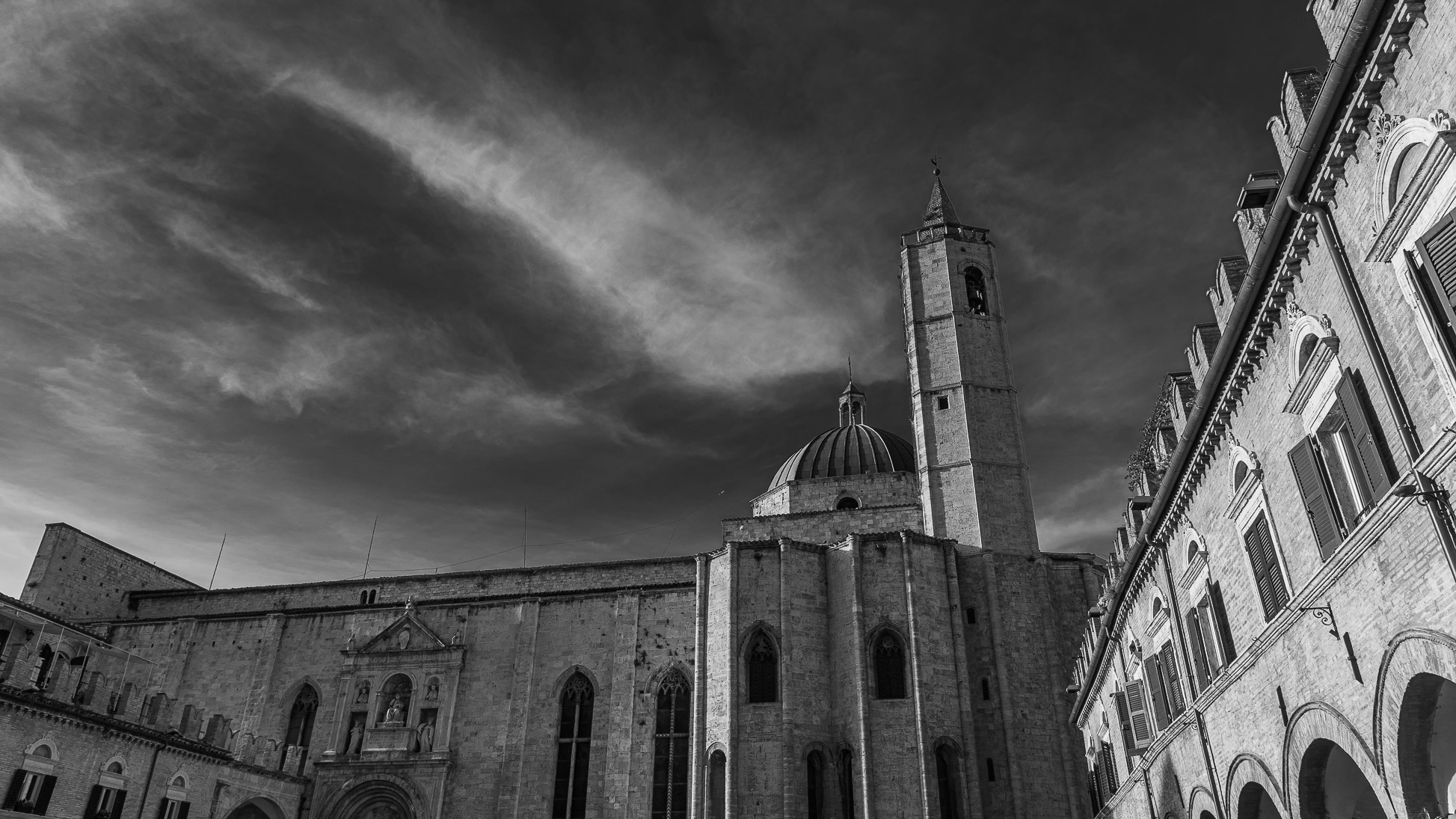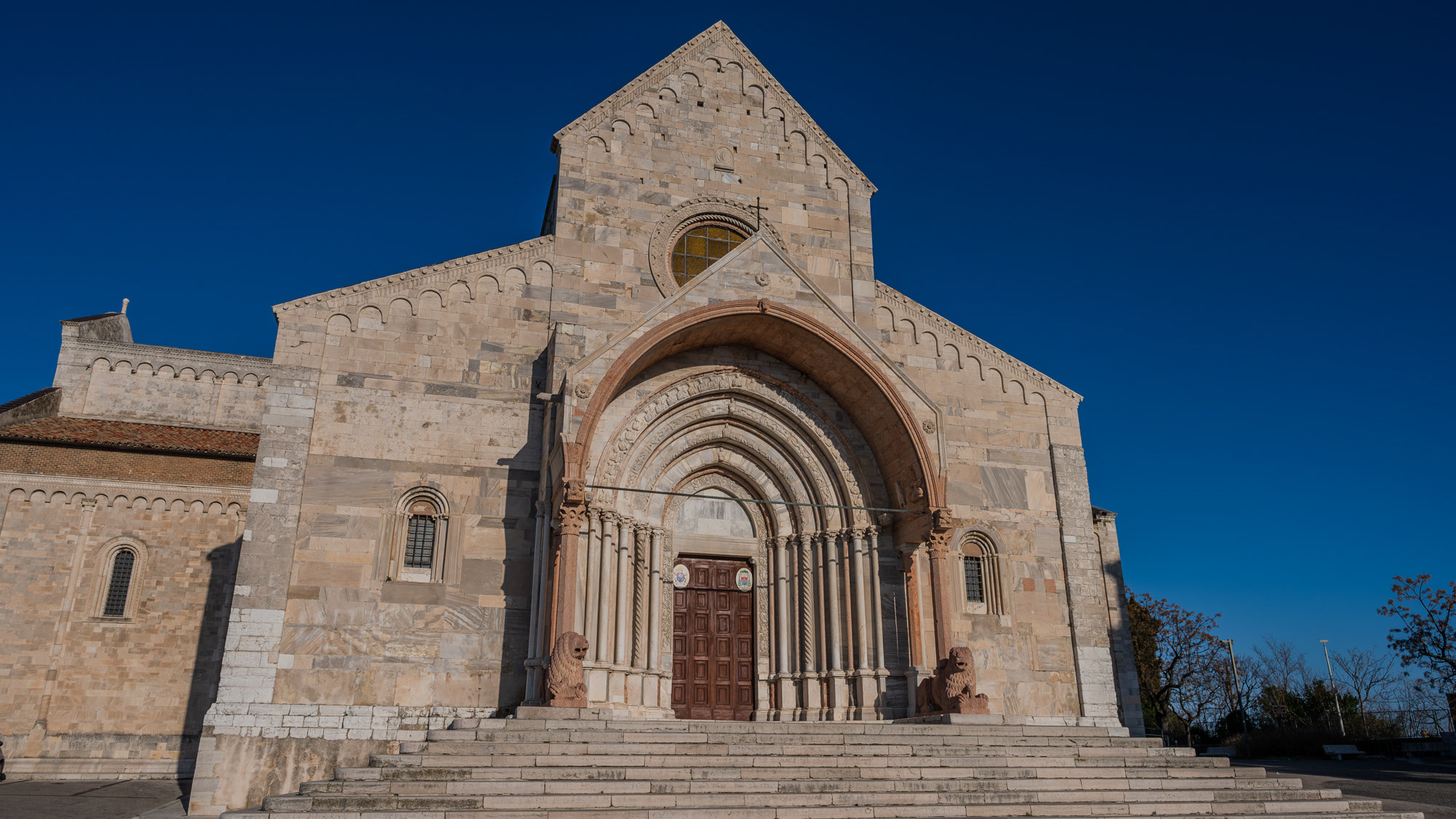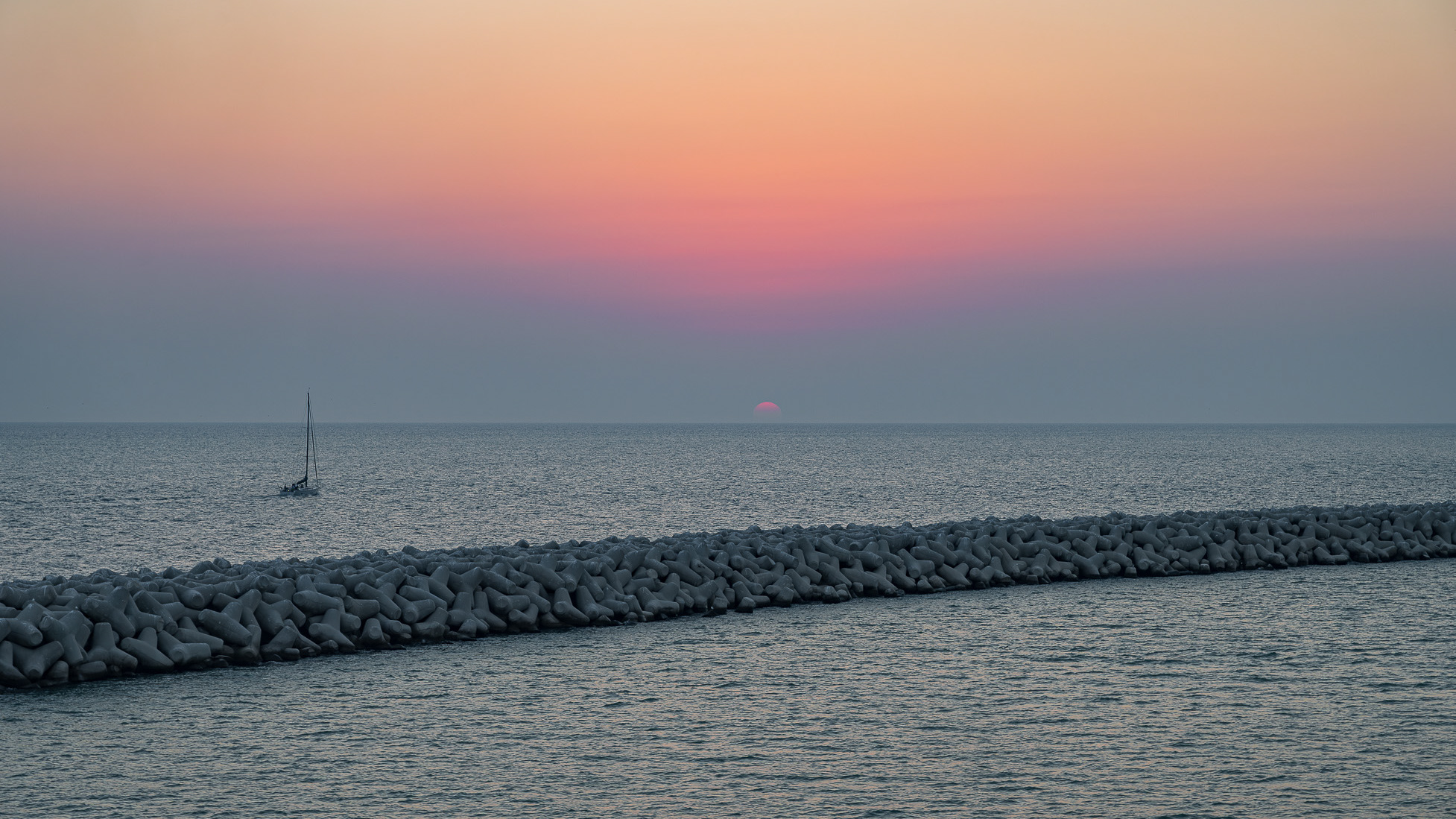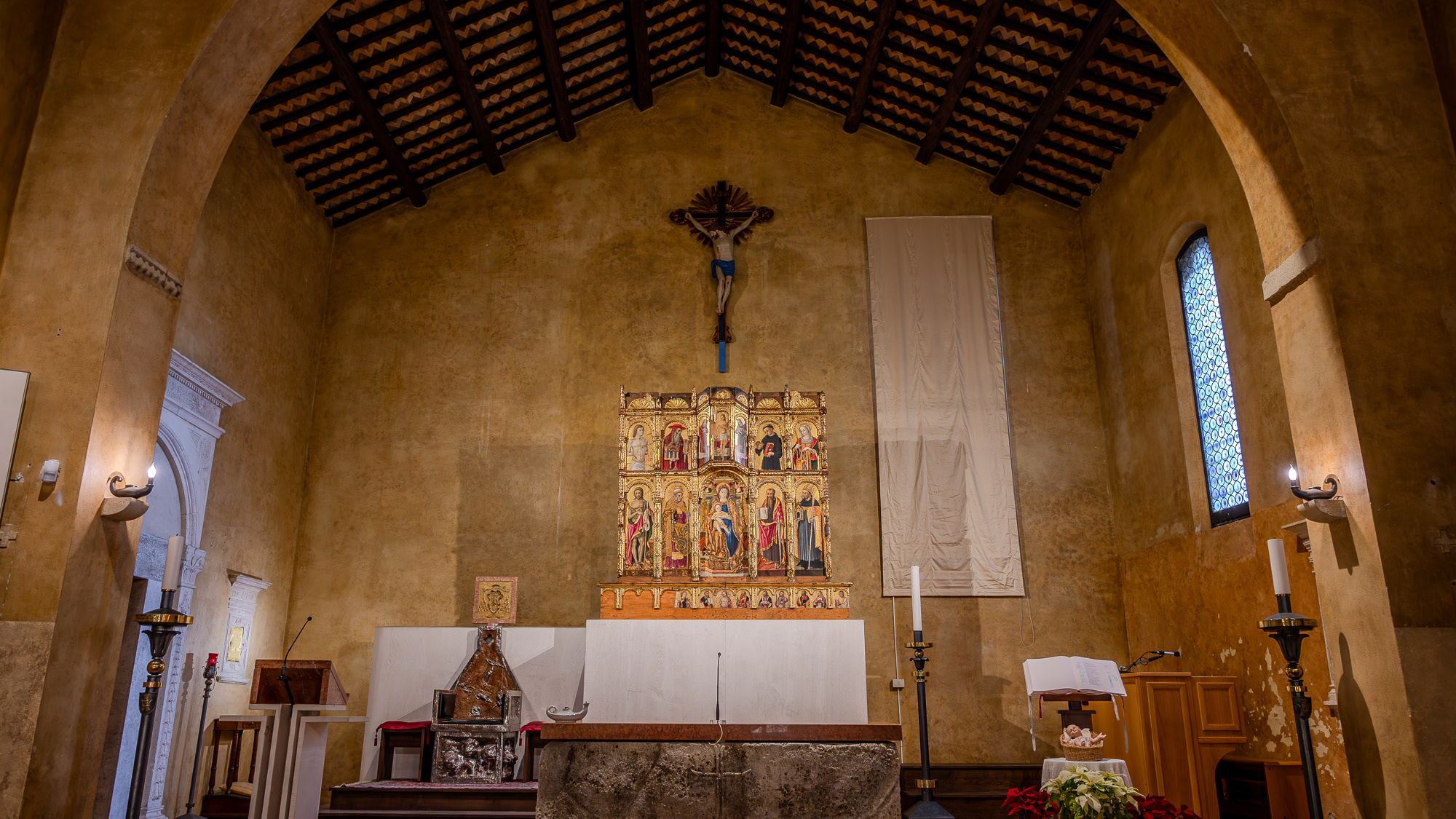Recanati. Views
2022
Recanati is an Italian town of 20 975 inhabitants in the province of Macerata in the Marche region.
You may also like

2022
Ascoli Piceno. The Church of San Francesco
This church is considered one of the best Italian works of Franciscan architecture, as well as the most representative Franciscan religious building in the Marche region. It was begun with the adjoining convent in 1258, consecrated in 1371 and completed with the dome in the 16th century. On the main facade, in Via del Trivio, there are three Gothic portals, while the right side acts as a scenic backdrop to the Piazza del Popolo and is characterized by the dynamic fifteenth-century apses, the fourteenth-century side portal surmounted by the monument to Julius II of 1510 and ends with an apsidal group of rare architectural model.

2024
Ancona. La Cattedrale di San Ciriaco
The cathedral of Ancona is dedicated to San Ciriaco. It is a medieval church in which the Romanesque style blends with the Byzantine one, evident in the plan and in many decorations

2025
Adriatic Sea and Trabocchi Coast.

2025
Adriatic Sea. Cupra Marittima.
2024
Acquaviva Picena. The Clock Tower
Once a civic tower. It dates back to 1300. Surmounted by a small bell tower, it has been transformed into a clock tower.
2022
Ripatransone, Ascoli Piceno. The Church of S. Rocco
The Church of S. Rocco was built in the first half of the 16th century, with a sandstone portal by M. Giacomo da Varese. Inside, the wooden statue of St. Rocco, by the Ripano sculptor Don Francesco Evangelisti (18th century), and the altar statue of the Sacred Heart of Jesus (around 1875), by Giorgio Paci from Ascoli.
2022
Montefortino. The sanctuary of the Madonna dell'Ambro
The sanctuary of the Madonna dell'Ambro is a religious building of Marian worship, located in the municipality of Montefortino, in the Sibillini Mountains.

2023
Ancona. Glimpses of summer and sunrise

2024
Torre di Palme. Church of Sant'Agostino
Church of Sant'Agostino. the Polyptych by Vittore Crivelli. The building is entirely made of brick and has two entrances. The interior has a single room, covered by wooden trusses.

2023
Ascoli Piceno, Marche. The Cathedral of San Emidio
The city's cathedral, dedicated to the patron saint, stands on the site of a Roman public building, perhaps the Basilica del Foro, and is the result of multiple construction events that substantially range from the 11th to the 16th century. The main facade created by Cola dell'Amatrice opens onto Piazza Arringo, while the two side facades date back to the end of the 15th century. The interior, with three naves divided by polygonal pillars, from the end of the fifteenth century, houses, among the various works, in the central apse a late Gothic wooden choir from the first half of the fifteenth century, a wooden pulpit from around 1660; in the Chapel of the Sacrament the Polyptych of Sant'Emidio by Carlo Crivelli, the imposing decorative cycle by Cesare Mariani, and the crypt of Sant'Emidio, built in the mid-11th century which houses, in a 4th century sarcophagus, the relics of the patron saint of the city.
